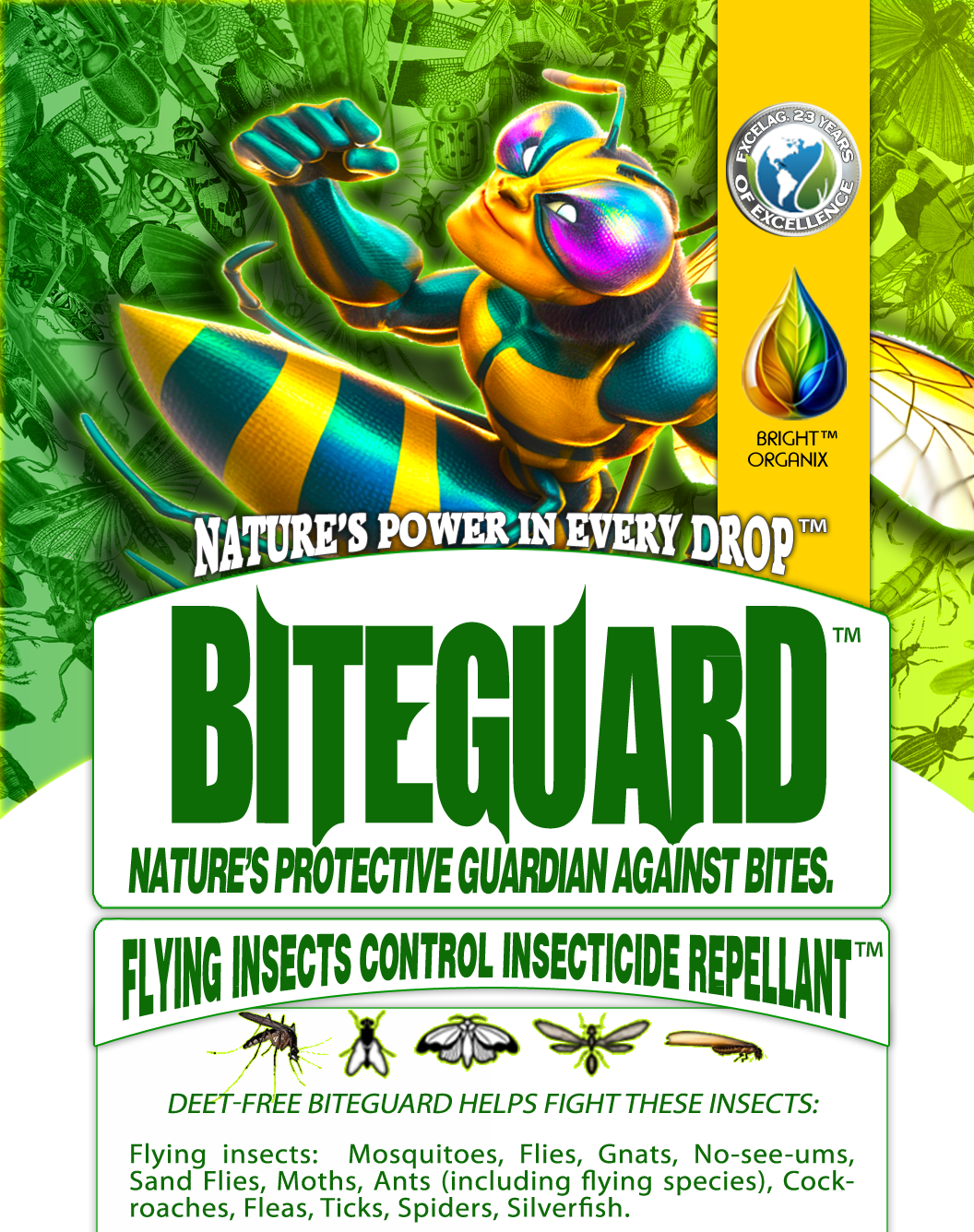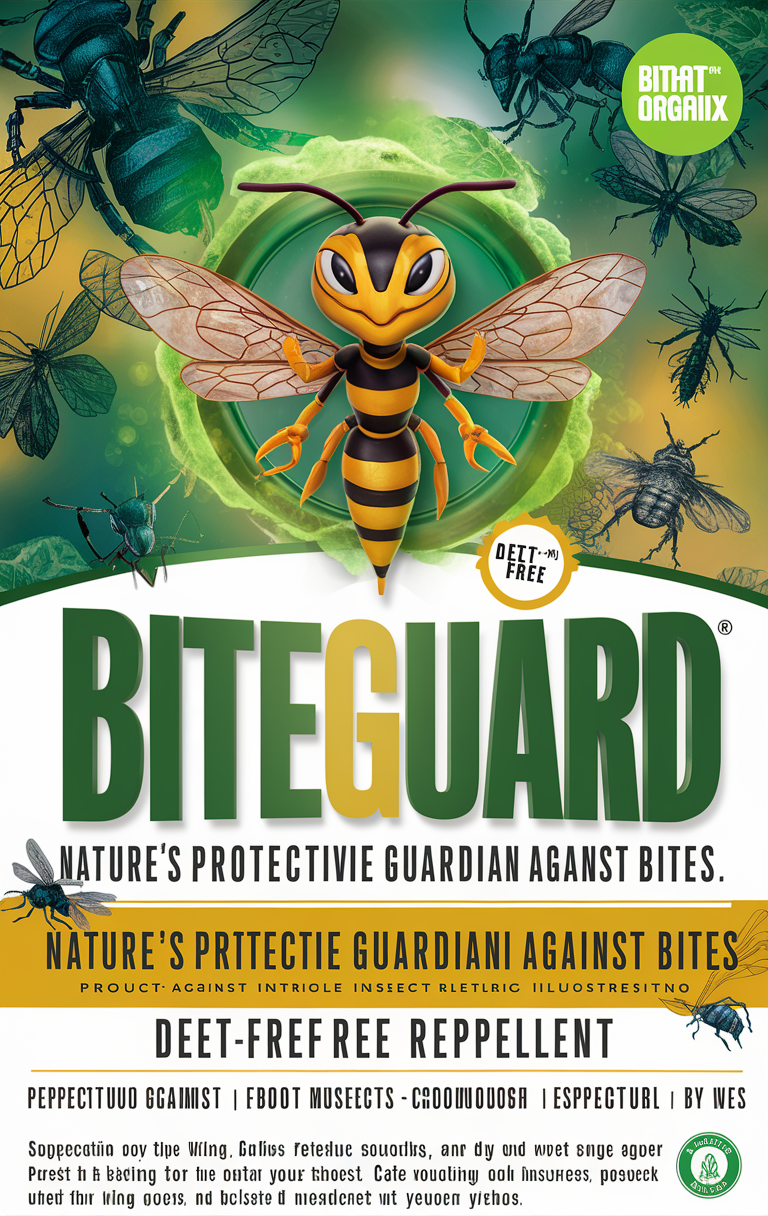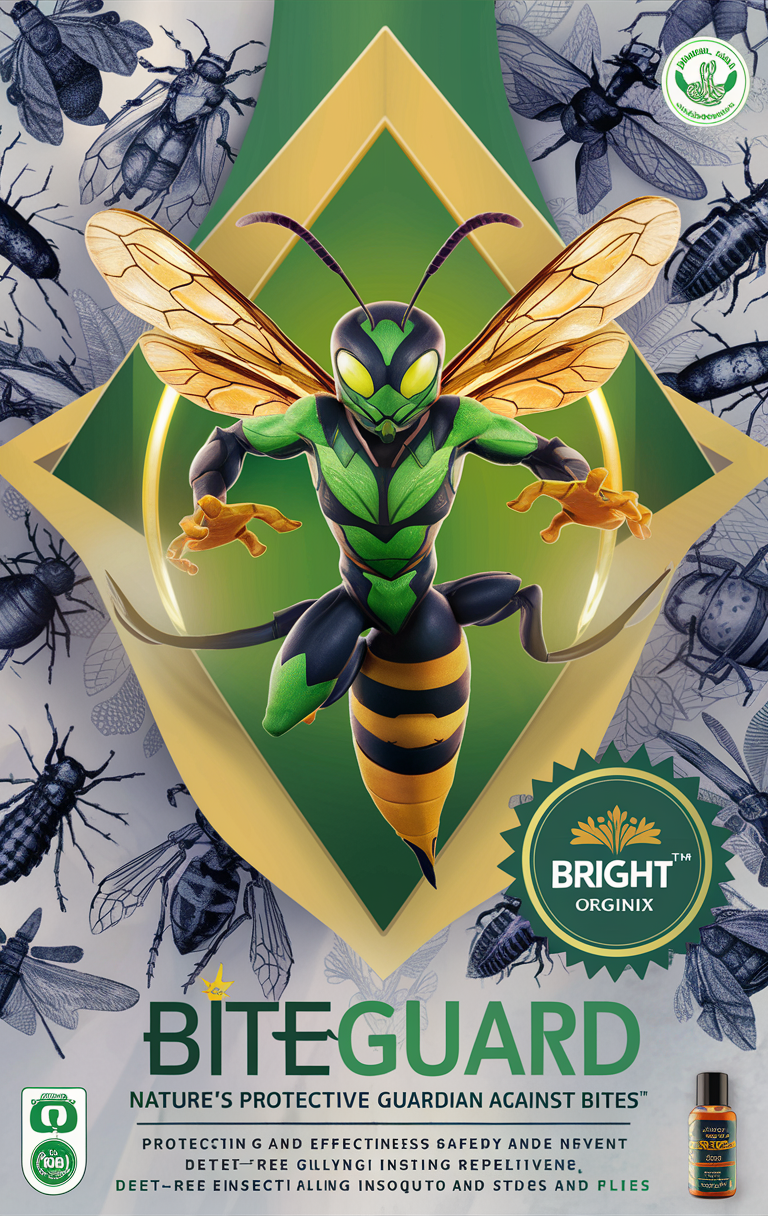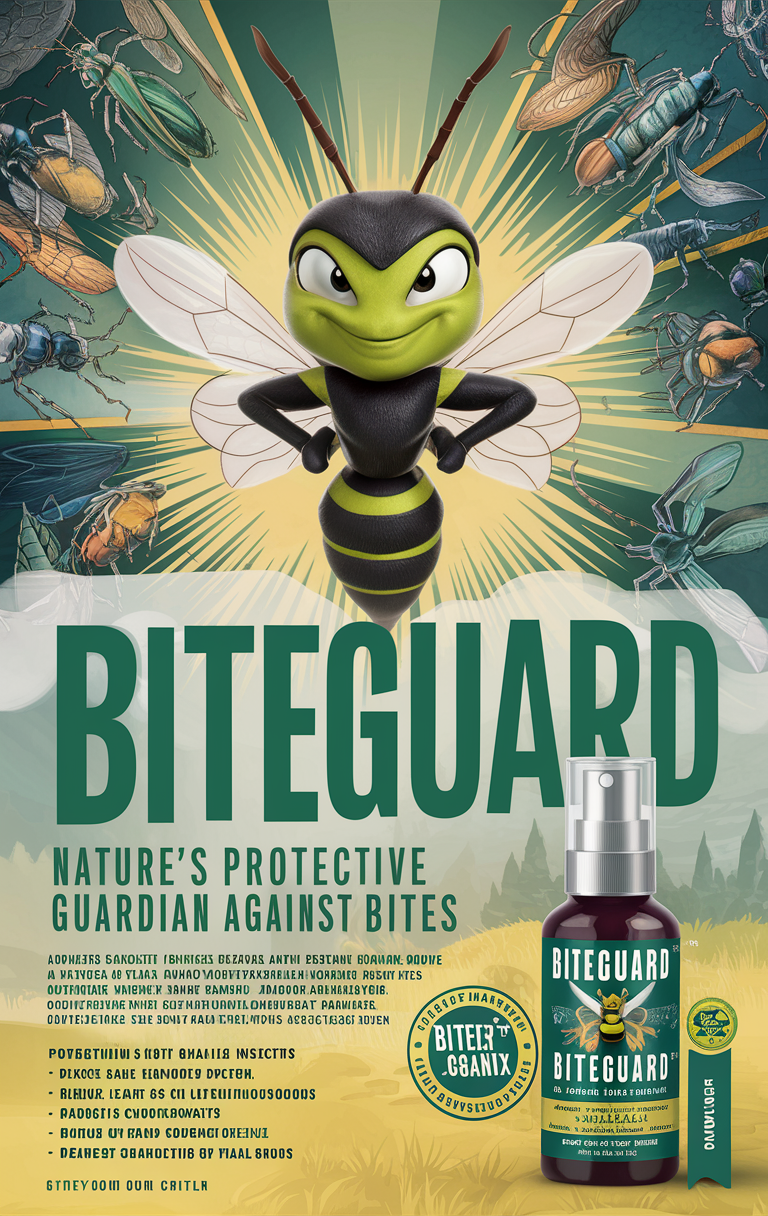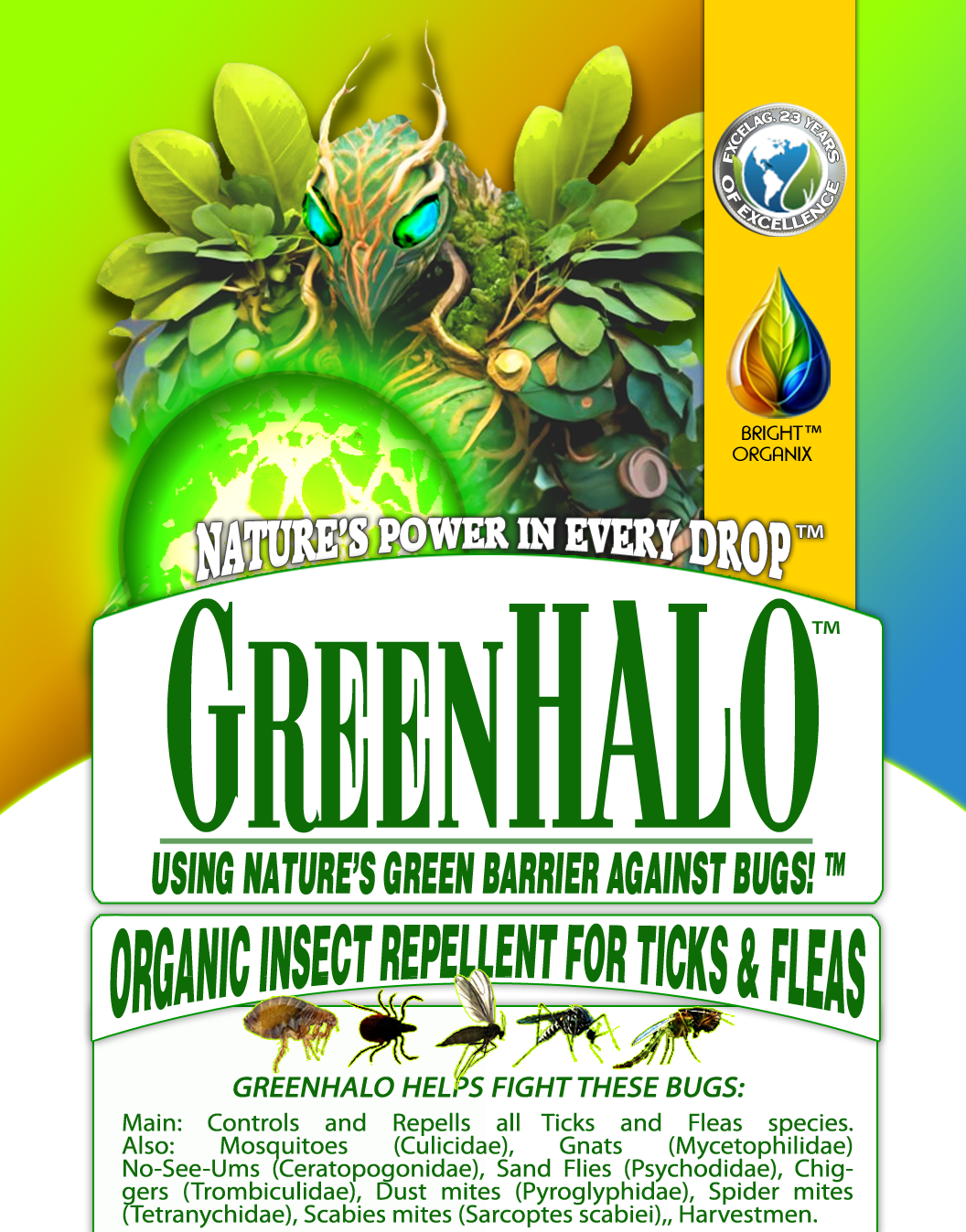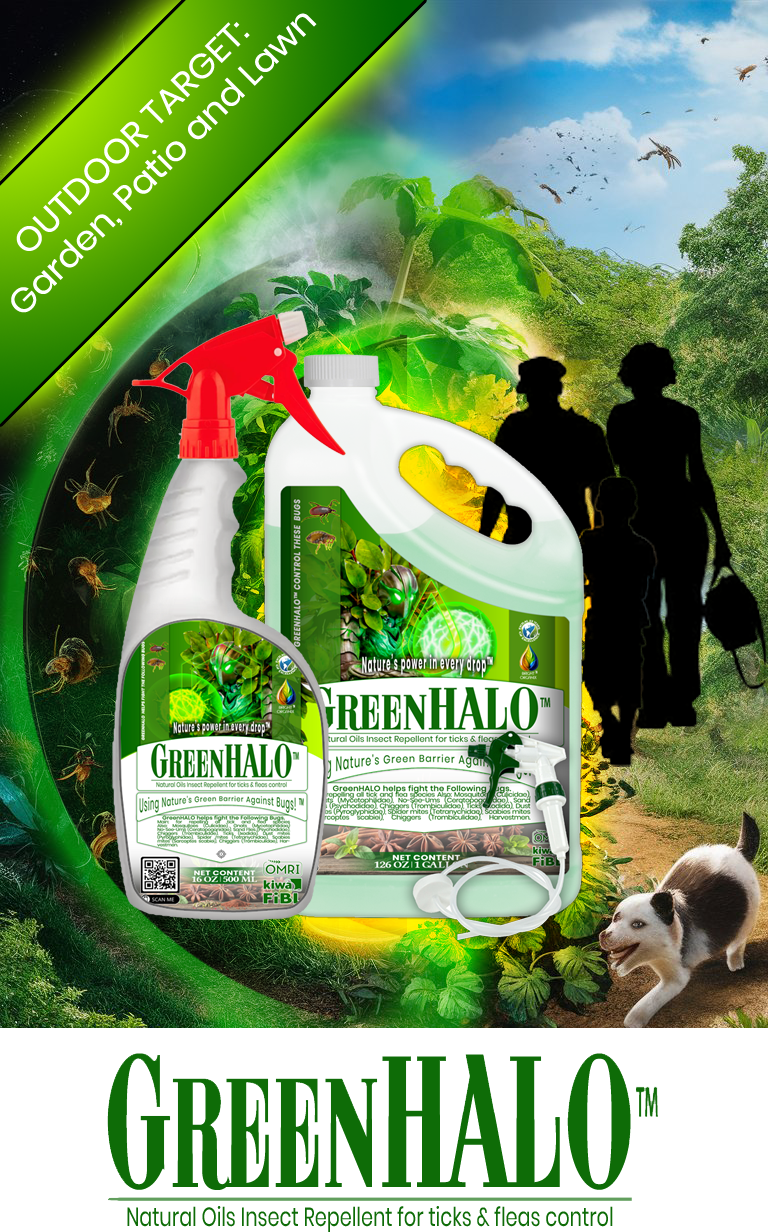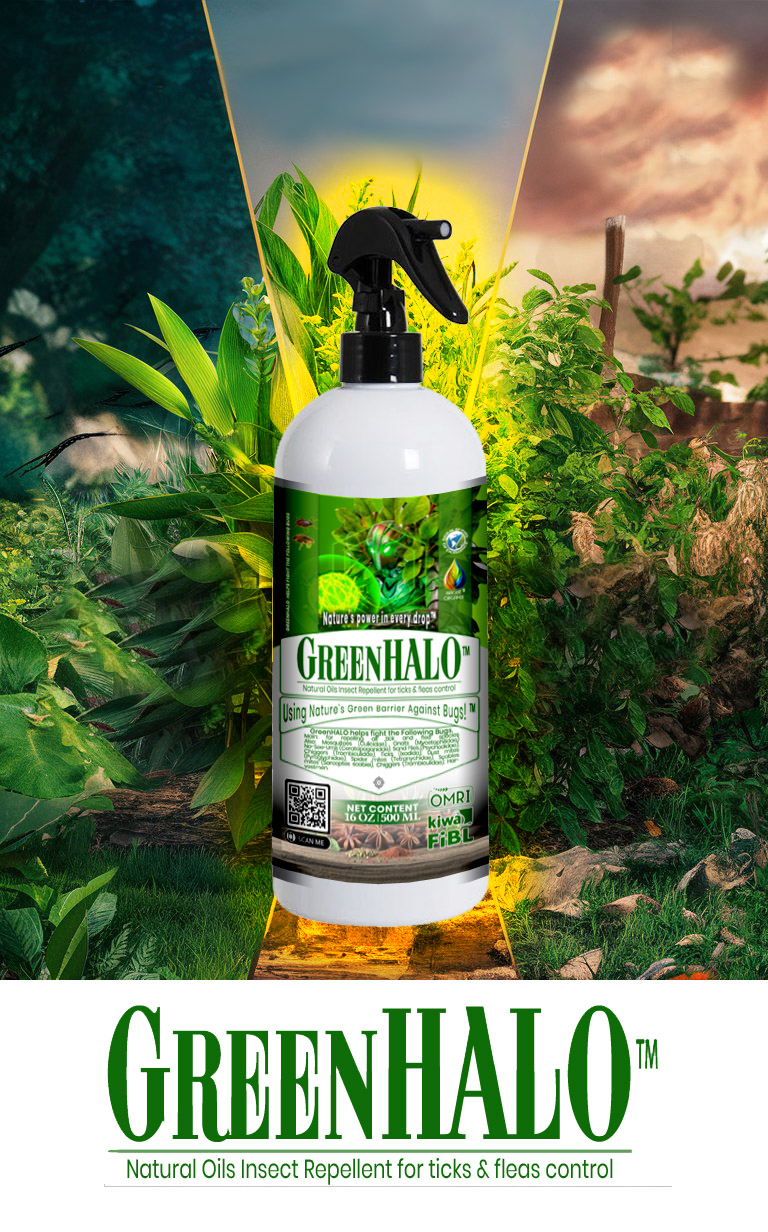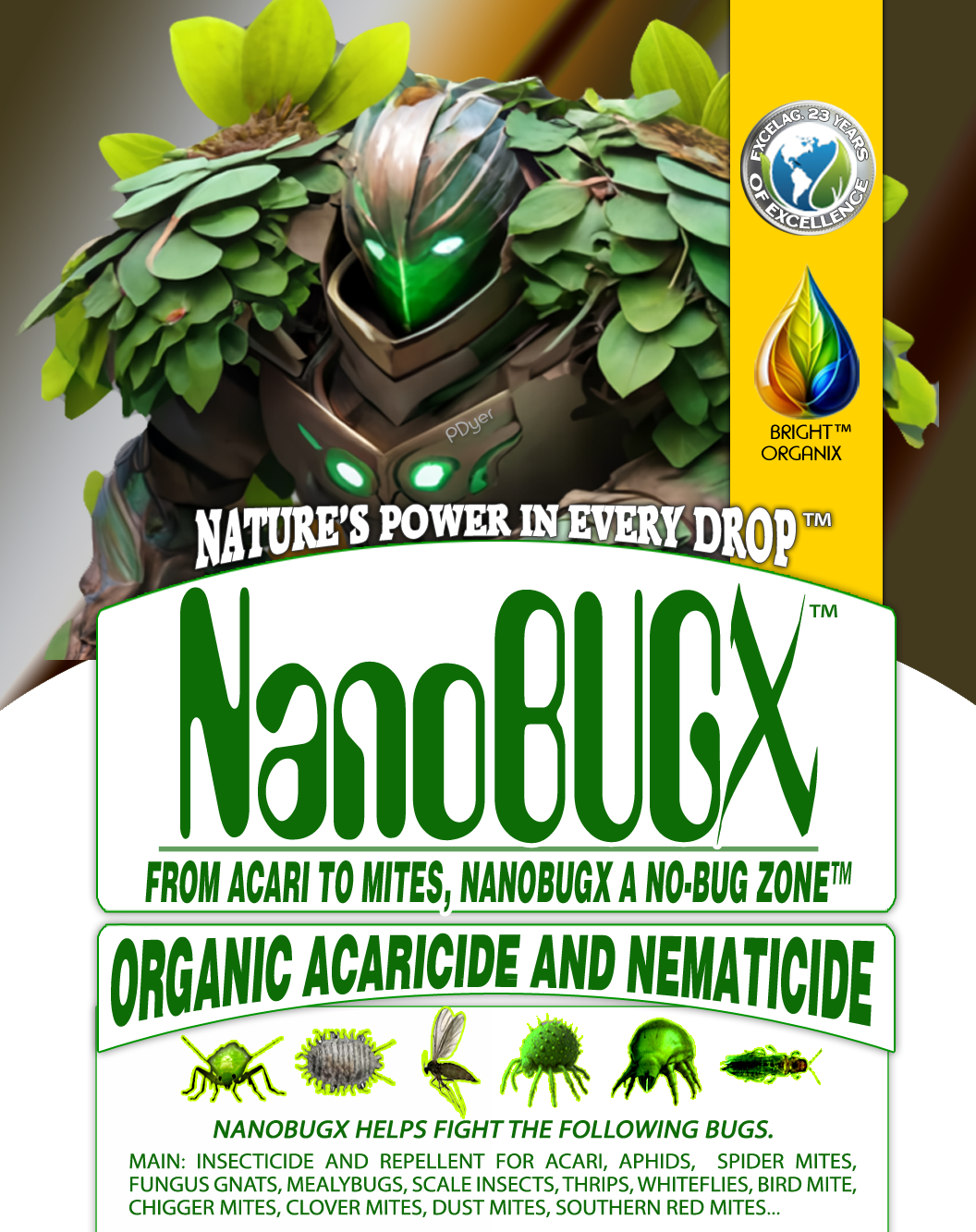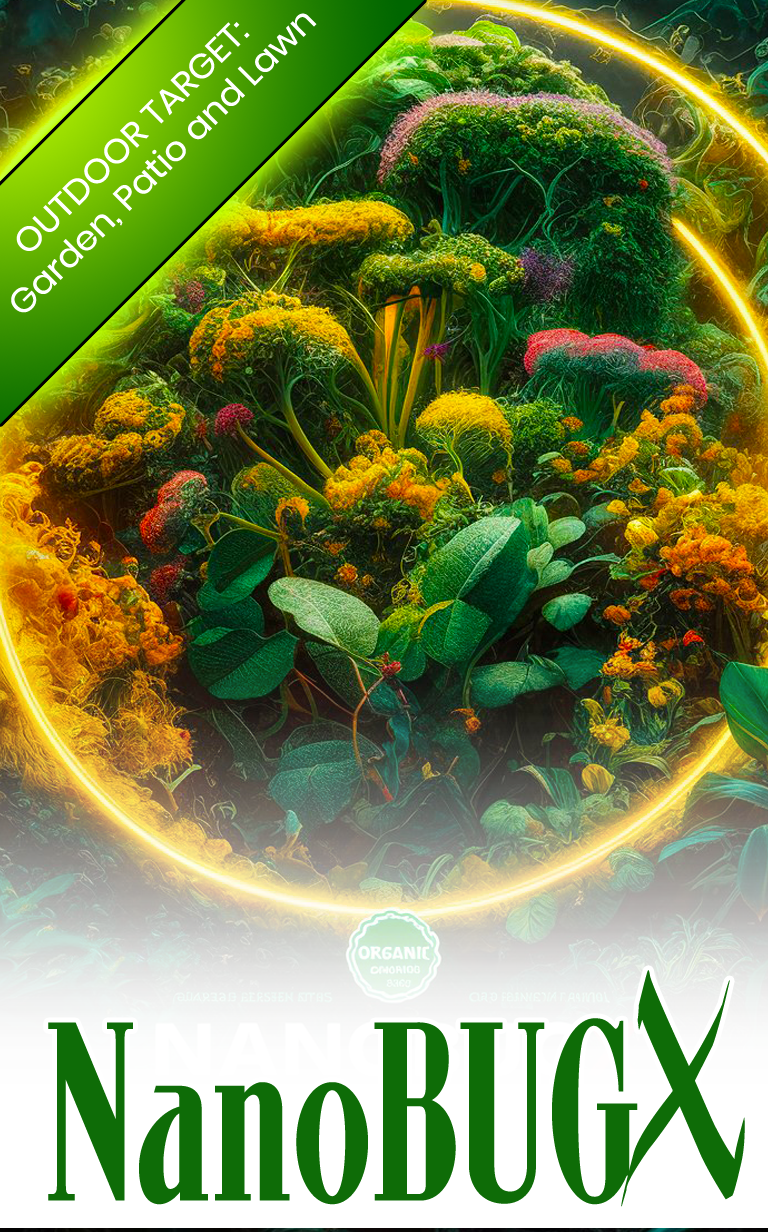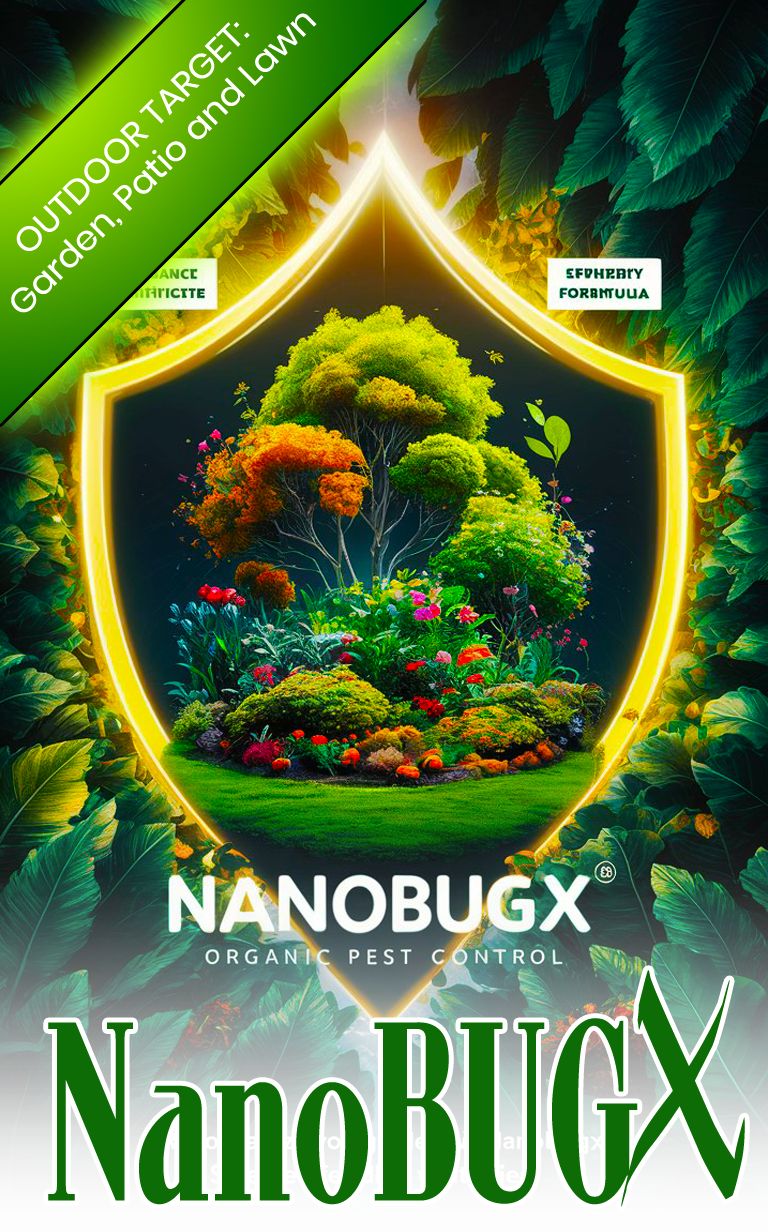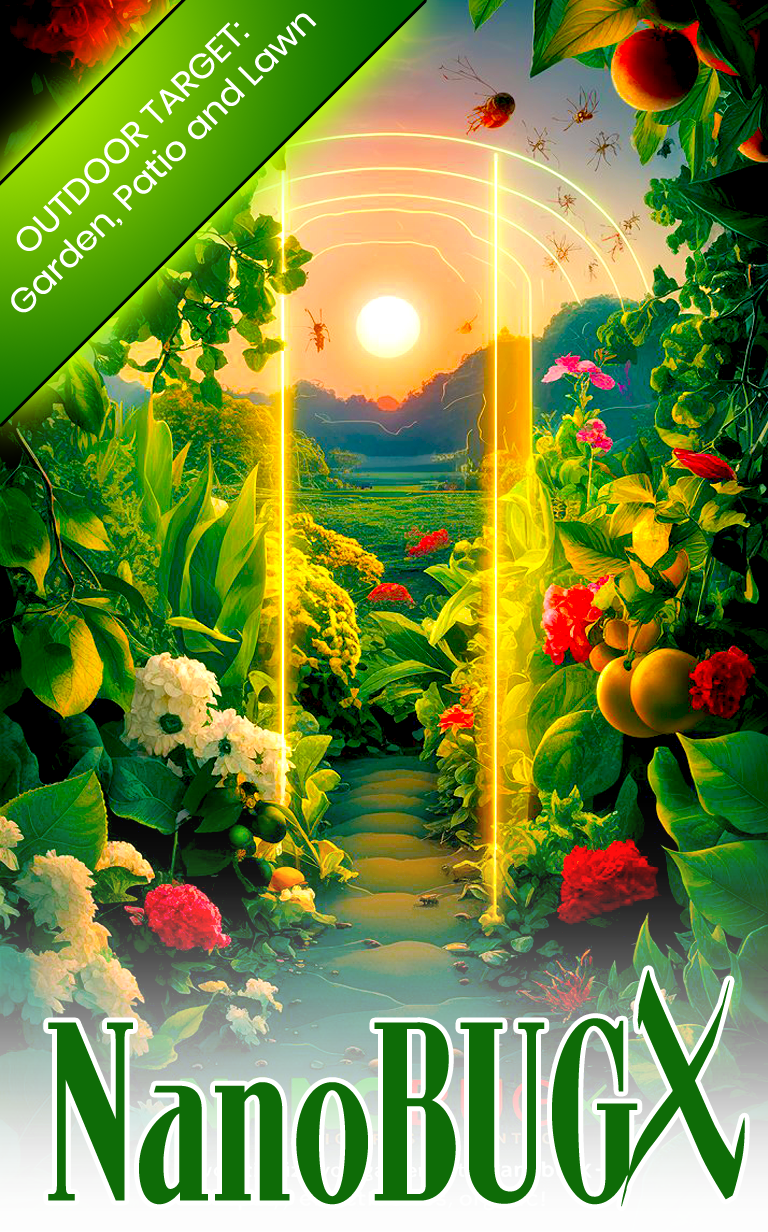Ticks (Arachnida: Acari: Ixodida)
Category: Pest (vector of diseases)
Description: Ticks are small arachnids belonging to the order Ixodida. They are ectoparasites, meaning they feed on the blood of mammals, birds, and sometimes reptiles and amphibians. Ticks have four life stages: egg, larva, nymph, and adult. There are two main families of ticks: hard ticks (Ixodidae) and soft ticks (Argasidae). Hard ticks, such as the deer tick (Ixodes scapularis) and the American dog tick (Dermacentor variabilis), have a hard shield-like structure on their backs, while soft ticks do not.
Habitat: Ticks are commonly found in wooded areas, tall grasses, shrubs, and leaf litter. They thrive in humid environments and are often encountered by humans and animals during outdoor activities.
Impact: Ticks are significant pests due to their ability to transmit a wide range of diseases to humans and animals:
Disease Transmission: Ticks are vectors for several serious diseases, including:
Lyme Disease: Caused by the bacterium Borrelia burgdorferi, transmitted primarily by the deer tick (Ixodes scapularis).
Rocky Mountain Spotted Fever: Caused by the bacterium Rickettsia rickettsii, transmitted by the American dog tick (Dermacentor variabilis) and the Rocky Mountain wood tick (Dermacentor andersoni).
Anaplasmosis: Caused by Anaplasma phagocytophilum, transmitted by the deer tick (Ixodes scapularis).
Ehrlichiosis: Caused by Ehrlichia chaffeensis, transmitted by the lone star tick (Amblyomma americanum).
Babesiosis: Caused by Babesia microti, transmitted by the deer tick (Ixodes scapularis).
Tularemia: Caused by Francisella tularensis, transmitted by the American dog tick (Dermacentor variabilis) and the lone star tick (Amblyomma americanum).
Powassan Virus: Transmitted by the deer tick (Ixodes scapularis).
Allergic Reactions: Tick bites can cause allergic reactions in some individuals, including severe reactions such as anaphylaxis.
Economic Impact: Infestations of ticks on livestock can lead to weight loss, decreased milk production, and increased susceptibility to other diseases, resulting in economic losses for farmers.
Control Methods: Managing tick populations involves personal protection, environmental management, and, in some cases, chemical treatments:
Personal Protection:
Protective Clothing: Wear long sleeves, long pants, and closed-toe shoes when walking in areas where ticks are common. Tuck pants into socks and shirts into pants to reduce skin exposure.
-
GreenHalo ticks fleas control, your organic shield against pests, combines natural oils to effectively repel ticks, fleas, and other pests. Transitioning from chemical to natural pest control, it ensures plant protection in outdoor spaces. Furthermore, it promotes plant health, boosts crop yield, and fosters sustainable gardening.
GreenHalo ticks fleas control, your organic shield against pests, combines natural oils to repel ticks, fleas, and other pests effectively. Transitioning from chemical to natural pest control, it ensures plant protection in outdoor spaces. Furthermore, it promotes plant health, boosts crop yield, and fosters sustainable gardening.By using GreenHalo™️ into your gardening routine, you support a eco-friendly lifestyle. This innovative solution safeguards plants from pests, reducing reliance on harmful chemicals. Additionally, it creates a bite-free environment, enhancing outdoor enjoyment.
Moreover, its blend of natural oils deters pests without harming beneficial insects. Transitioning to GreenHalo™️ facilitates a greener approach to pest management. Furthermore, it aligns with organic gardening principles, promoting biodiversity and soil health. Additionally, GreenHalo™️ is safe for use around children and pets, offering peace of mind. Transitioning to GreenHalo™️ signifies a commitment to sustainability and environmental stewardship.
Mixing Instruction
- For the Ready to use (RTU) version of GreenHalo just apply Spray directly over plants that needs to be treated.
- For the concentrate version of GreenHalo, mix 2 to 4 ounces per gallon of water to treat 1000 square feet of your garden, patio, or lawn.16 oz container will produce 4,000 sqft to 8,000 sqft, 32 oz container will produce 8,000 sqft to 16,000 sqft, 1 Gallon container will produce 32,000 sqft to 64,000 sqft. For RTU containers Spray directly over insects or around areas to protect. Shake well before use. Wash hands after application to avoid ingestion. Apply the product to affected areas, covering both the tops and undersides of leaves for optimal results. Reapply every 7-14 days, depending on pest severity and environmental conditions. Use in conjunction with other Integrated Pest Management (IPM) strategies to enhance overall efficacy and maintain a healthy plants.
- SHAKE OR AGITATE THOROUGHLY BEFORE USE. Avoid prolonged storage of excess formulation in application equipment. GreenHalo concentrate can be dilute in water or can be diluted in oil.
-
NanoBugX Organic Acaricide Nematicide stands out as a preferred choice for pest control among growers and environmentalists due to its manifold benefits. By eradicating pest threats, NanoBugX fosters plant health and vigor, empowering crops to realize their full potential. Moreover, it bolsters crop yield and quality by thwarting pest-related damage, guaranteeing a lucrative harvest for farmers.
NanoBugX Organic Acaricide Nematicide active Ingredients and Mechanism of Action The efficacy of NanoBugX stems from its key ingredients Clove Oil and Cinnamon Oil. Clove oil disrupts the cell membranes of insects, causing respiratory distress and eventual death. Similarly, Cinnamon oil acts as a potent repellent and neurotoxin, paralyzing insects upon contact. When combined with inert ingredients, NanoBugX becomes significantly more potent at eliminating targeted insect species. Upon application, NanoBugX works through contact and possibly ingestion by pests, inducing immediate stress and incapacitating them.
Mixing Instruction
- For the Ready to use (RTU) version of NanoBugX just apply Spray directly over plants that needs to be treated.
- For the concentrate version of NanoBugX, mix 2 to 4 ounces per gallon of water to treat 1000 square feet of your garden, patio, or lawn.16 oz container will produce 4,000 sqft to 8,000 sqft, t to 16,000 sqft., 1 Gallon container will produce 32,000 sqft to 64,000 sqft. For RTU containers Spray directly over insects or around areas to protect. Shake well before use. Wash hands after application to avoid ingestion. Apply the product to affected areas, covering both the tops and undersides of leaves for optimal results. Reapply every 7-14 days, depending on pest severity and environmental conditions. Use in conjunction with other Integrated Pest Management (IPM) strategies to enhance overall efficacy and maintain a healthy plants.
- SHAKE OR AGITATE THOROUGHLY BEFORE USE. Avoid prolonged storage of excess formulation in application equipment. NanoBugX concentrate can be dilute in water or can be diluted in oil.
Size : 1 Gal RTU - 32oz RTU - 16oz CTU

